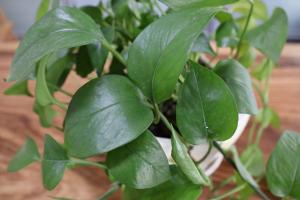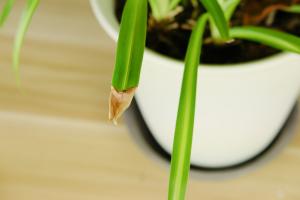Why are My Tomato Plants Turning Yellow at the Top?
Tomato plants are a popular choice among home gardeners for their juicy and delicious fruits. However, when tomato plants start to turn yellow at the top, it can be concerning. There are several reasons why this may be occurring, including nutrient deficiencies, disease, and environmental factors. Understanding the causes and potential solutions can help you keep your tomato plants healthy and productive.
Nutrient Deficiencies
One of the most common reasons for yellowing at the top of tomato plants is nutrient deficiencies. Specifically, a lack of nitrogen and magnesium can cause the tops of the plants to turn yellow. Nitrogen is an essential nutrient for plant growth and is responsible for the development of healthy leaves and stems. Magnesium is also important for plant growth, and a deficiency can cause yellowing and stunted growth.
If you suspect a nutrient deficiency, it is important to fertilize your plants appropriately. A balanced fertilizer that includes nitrogen, phosphorus, and potassium can help promote healthy growth. In addition, you can add a magnesium supplement to the soil to ensure your plants are getting the nutrients they need.
Disease
Another potential cause of yellowing at the top of tomato plants is disease. For example, early blight and fusarium wilt can both cause yellowing of the leaves at the top of the plant. These diseases can be spread through infected soil or plant debris and can rapidly spread throughout your garden.
If you suspect your tomato plants are infected with a disease, it is important to take action quickly. This may involve removing infected plants, treating the soil with fungicides, and practicing good crop rotation to prevent the spread of disease.
Environmental Factors
In some cases, yellowing at the top of tomato plants may be caused by environmental factors. For example, exposure to excessive heat or cold can cause stress on the plant, leading to yellowing at the top. Additionally, exposure to too much sunlight or too little water can also cause yellowing.
If you suspect your plants are being exposed to environmental stress, it may be necessary to move them to a different location. Alternatively, you may need to take steps to improve soil drainage, add shade or shelter from the sun, or increase watering to ensure your plants are getting the moisture they need.
Conclusion
If you notice your tomato plants turning yellow at the top, it is important to take action quickly to diagnose and address the underlying cause. By understanding the potential causes of yellowing, you can take steps to keep your plants healthy and thriving, ensuring you have a bountiful harvest of delicious tomatoes.

 how many times do yo...
how many times do yo... how many planted tre...
how many planted tre... how many pine trees ...
how many pine trees ... how many pecan trees...
how many pecan trees... how many plants comp...
how many plants comp... how many plants can ...
how many plants can ... how many plants and ...
how many plants and ... how many pepper plan...
how many pepper plan...
































